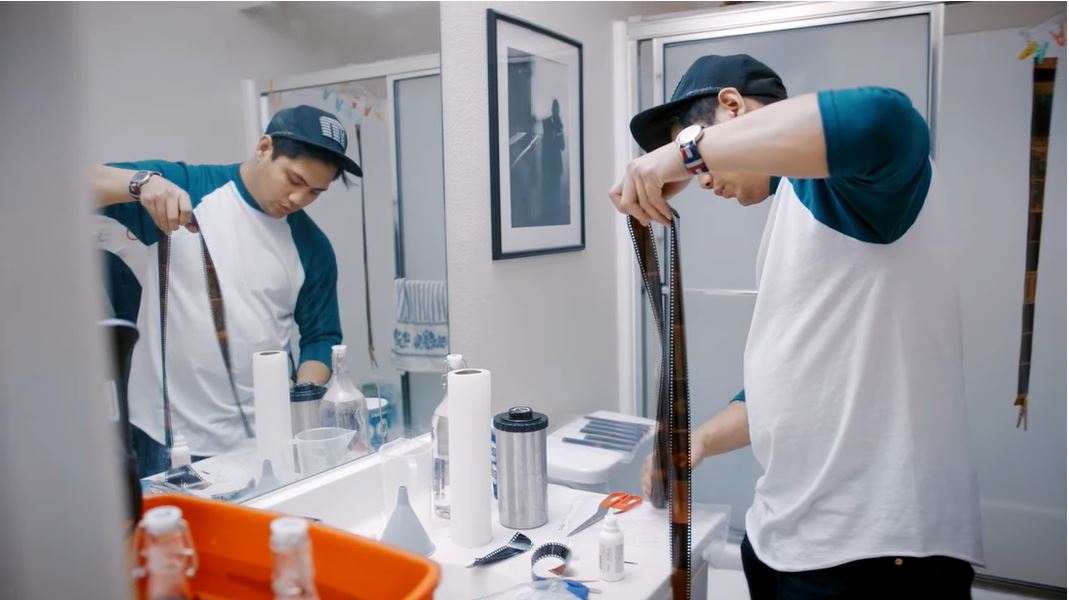Last Updated on 05/25/2018 by Mark Beckenbach
If you’re yet to develop your first C41 film at home, you’ll get an idea how it’s done in a quick video
Whether you’ve been shooting film for a while or fairly new to it, one of the things you must have on your analog bucket list is to develop your own films. It seems outright intimidating to develop your own films at home, but it’s actually easy once you have all the steps figured out. To get you started with that, we’ve got a quick video showing how to develop color negative films at home using C41 chemicals.
There are actually a lot of resources, tutorials, and videos you can use as reference to learn how to develop both color negative and black and white films. The video below by OWL BOT, showing photographer and filmmaker Omar Kenji home developing color negative film, is just one of them. Watch away and take notes!
The video jumps right into the developing procedure, so if you need a more thorough tutorial, you might also want to check out this post. Today’s featured video is more of a demonstration, and a really cool one at that. Why? Primarily because Omar used an unexpected piece of equipment — a sous vide cooker — to warm up (and keep warm) the water in a bucket before submerging his bottle of C41 chemicals in it.
We also get a handful of tips from Omar for those planning to assemble their first developing kit. First, it’s best to get some stainless steel developing tanks and reels, as they last longer and don’t get too soaked in chemicals over time. Plastic tanks and reels may be the cheaper options, but the stainless ones are worth the investment if you’re planning to do a lot of home developing. You may also want to get the bigger tank like he has if you want to develop 120 films as well.
Next, if you want to collect the film canisters or reuse them for bulk loading film, consider getting a film puller to get the film leader out instead of popping the lid of the film canister. Lastly, make sure to get a big developing bag so you can have more wiggle room for putting your films into the developing tank. This will especially help if you have a bigger tank.
But, what about home developing black and white films, you ask? Ilford has got you covered with a quick video tutorial here.
Screenshot image from the video


